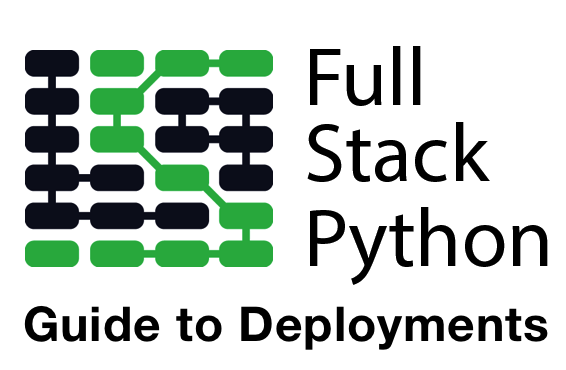Integration Testing
Integration testing exercises two or more parts of an application at once, including the interactions between the parts, to determine if they function as intended. This type of testing identifies defects in the interfaces between disparate parts of a codebase as they invoke each other and pass data between themselves.
How is integration testing different from unit testing?
While unit testing is used to find bugs in individual functions, integration testing tests the system as a whole. These two approaches should be used together, instead of doing just one approach over the other. When a system is comprehensively unit tested, it makes integration testing far easier because many of the bugs in the individual components will have already been found and fixed.
As a codebase scales up, both unit and integration testing allow developers to quickly identify breaking changes in their code. Many times these breaking changes are unintended and wouldn't be known about until later in the development cycle, potentially when an end user discovers the issue while using the software. Automated unit and integration tests greatly increase the likelihood that bugs will be found as soon as possible during development so they can be addressed immediately.
Integration testing resources
-
Integration testing with Context Managers gives an example of a system that needs integration tests and shows how context managers can be used to address the problem. There are a couple other useful posts in this series on testing including thoughts on integration testing and processes vs. threads for integration testing.
-
Pytest has a page on integration good practices that you'll likely want to follow when testing your application.
-
Integration testing, or how to sleep well at night explains what integration tests are and gives an example. The example is coded in Java but still relevant when you're learning about integration testing.
What else do you want to learn about testing?

Searching for a complete, step-by-step deployment walkthrough? Learn more about The Full Stack Python Guide to Deployments book.
Email Updates
Integration Testing
Need more detailed tutorials than you see here? Learn more about The Full Stack Python Guide to Deployments book.

